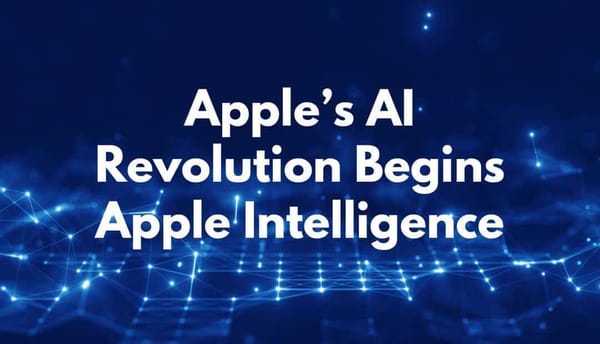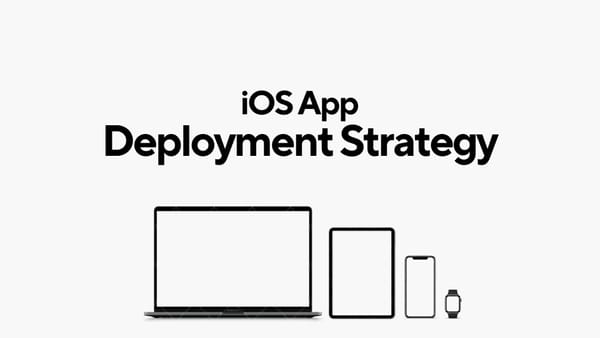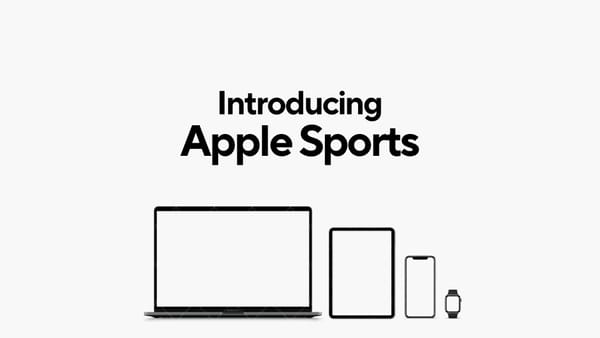Protocols in Swift

Protocols in Swift are a fundamental feature of the language that enable you to define a blueprint of methods, properties, and other requirements that conforming types must implement. They play a crucial role in achieving abstraction, encapsulation, and polymorphism in Swift code. Here's a comprehensive overview of protocols in Swift:
1. Protocol Definition:
You define a protocol using the protocol keyword followed by the name of the protocol:
protocol Vehicle {
var numberOfWheels: Int { get }
func start()
func stop()
}In this example, Vehicle is a protocol that requires conforming types to provide a numberOfWheels property and implement start() and stop() methods.
2. Protocol Adoption:
Types conform to protocols by adopting them, which means they provide implementations for all required protocol members:
struct Car: Vehicle {
var numberOfWheels: Int { return 4 }
func start() {
print("Car started")
}
func stop() {
print("Car stopped")
}
}Here, Car conforms to the Vehicle protocol by implementing numberOfWheels, start(), and stop().
3. Protocol Inheritance:
Protocols can inherit from other protocols, just like classes can inherit from other classes. This allows you to build complex hierarchies of protocols:
protocol WheeledVehicle: Vehicle {
var wheelSize: Double { get }
}Here, WheeledVehicle inherits from Vehicle and adds an additional requirement for a wheelSize property.
4. Protocol Composition:
You can combine multiple protocols into a single requirement using protocol composition:
protocol HasEngine {
func startEngine()
func stopEngine()
}
typealias VehicleWithEngine = Vehicle & HasEngineIn this example, VehicleWithEngine is a type alias that represents types conforming to both Vehicle and HasEngine protocols.
5. Protocol Extension:
You can provide default implementations for protocol requirements using protocol extensions:
extension Vehicle {
func honk() {
print("Beep beep!")
}
}Any type conforming to Vehicle will automatically gain the honk() method without needing to implement it explicitly.
6. Protocol Conformance Checking:
You can check if an instance conforms to a protocol using the is operator:
let myCar = Car()
if myCar is Vehicle {
print("My car is a vehicle")
}7. Protocol Optional Requirements:
You can mark protocol requirements as optional by using @objc attribute, enabling interoperability with Objective-C:
@objc protocol OptionalProtocol {
@objc optional func optionalMethod()
}8. Protocol Delegation:
Protocols are commonly used for delegation, where one object delegates tasks to another object that conforms to a specific protocol:
protocol AlarmDelegate {
func alarmDidRing()
}
class AlarmClock {
var delegate: AlarmDelegate?
func ringAlarm() {
delegate?.alarmDidRing()
}
}
class Person: AlarmDelegate {
func alarmDidRing() {
print("Wake up!")
}
}Here, Person conforms to AlarmDelegate protocol and implements alarmDidRing() method to receive alarm notifications.
Takeaway:
Protocols in Swift are a powerful tool for defining abstract interfaces, enabling code reuse, and promoting modular design. By leveraging protocols, you can write flexible, maintainable code that is easier to extend and test. Whether you're implementing design patterns, building framework APIs, or organizing your codebase, understanding and utilizing protocols effectively is essential for writing idiomatic Swift code.



